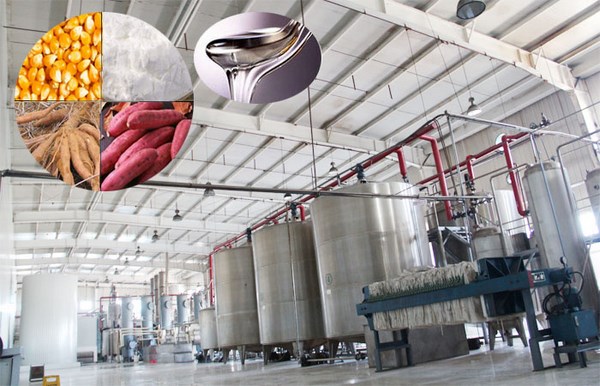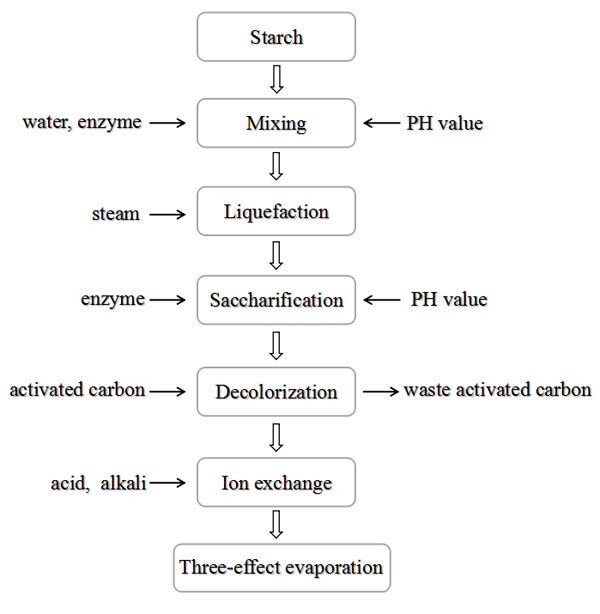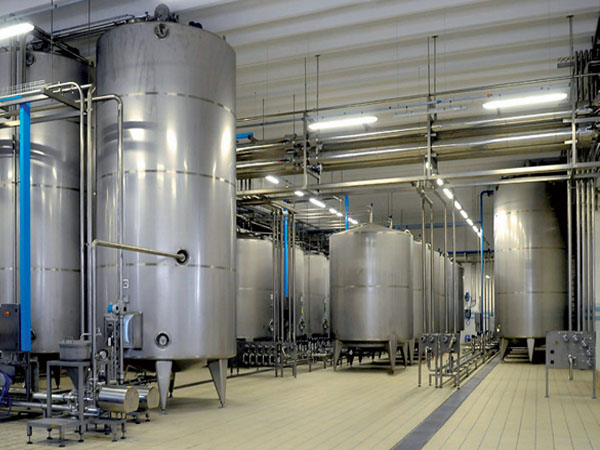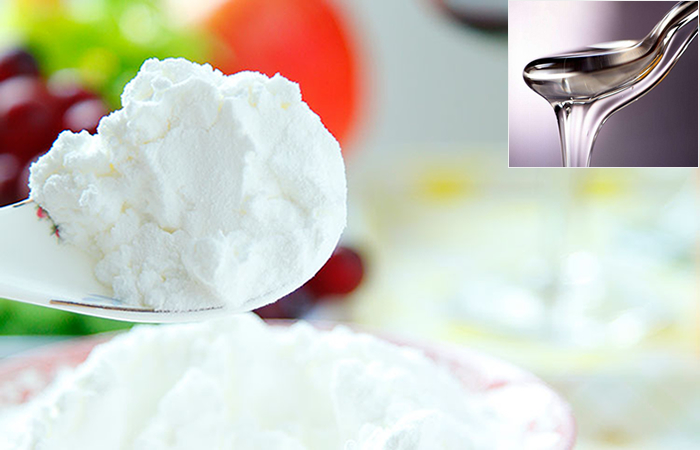What is starch sugar?
2018-12-14 / FAQStarch sugar is derived from the photosynthesis of plants and is the most widely used carbohydrate in nature. It is an important part of cereal and potato crops. Starch sugar is a sugar obtained by acid, acid enzymatic or enzymatic method using contain starch grain, potatoes or the like as a raw material, and includes maltose, glucose, fructose syrup, etc., collectively referred to as starch sugar. The most commonly used is the enzymatic method for starch sugar production. The types of starch sugars can be roughly classified into liquid glucose, crystalline glucose (whole sugar), maltose syrup (sucrose, high maltose syrup, maltose), maltodextrin, malto-oligosaccharide, fructose syrup, and the like.
 Main raw material and equipment for starch sugar production
Main raw material and equipment for starch sugar production
At present, the starch sugar we eat is separated from the plant seeds and tubers rich in starch sugar granules by industrial production process. The raw materials mainly include corn, wheat, potato, sweet potato, cassava and the like. The top two yields are corn starch sugar and cassava starch sugar. Other starch sugars such as potato starch sugar are high in quality, but the production cost is too high due to low yield. Except for some special industries, the market does not use too much.
Starch sugar has many properties, different starch sugars, slightly different. For example, sweetness, viscosity, adhesiveness, thickening, moisture absorption and moisture retention, osmotic pressure and food preservation, color stability, coking, fermentability, reduction, prevention of sucrose crystallinity, foam stability Sex and so on. These properties are closely related to the application of starch sugar. For different purposes, different types of starch sugars need to be selected.
 Starch sugar production technical process
Starch sugar production technical process
The most important property of starch sugar is sweetness, and there are many factors affecting sweetness, especially concentration. The concentration increased, the sweetness increased, but the degree of increase was different between different sugars. The sweetness of glucose solution increased with concentration higher than that of sucrose. At lower concentration, the sweetness of glucose was lower than that of sucrose, but the difference was higher with concentration. When the content reaches 40% or more, the sweetness of glucose and sucrose is equal. The sweetness of the starch syrup increases as the degree of conversion increases, and in addition, the mixed use of different starch sugar products has an effect of mutual improvement.
There is also an important property, fermentability. Yeast can ferment glucose, fructose, maltose, and sucrose, but cannot ferment higher oligosaccharides and dextrin. Some foods need to be fermented, such as bread, cakes, etc.; some foods do not need to be fermented, such as preserves, jams, etc. The fermented sugar of the starch syrup is divided into glucose and maltose, and increases with the degree of conversion. It is preferred to produce bread-based fermented foods using high-intensity syrup and glucose with high fermented sugar content.
 DOING starch sugar production equipment
DOING starch sugar production equipment
Starch sugar is widely used and is an important natural resource that is biodegradable and renewable. According to the use, it can be divided into two categories: edible and industrial. First, edible starch sugar, it is divided into fine powder and coarse powder from the appearance, and is divided into thickening type, diluted type, lubricating type and adhesive type from the use; The second is industrial starch sugar, which can be used as raw materials for sugar industry, raw materials for monosodium glutamate production, raw materials for organic acid industry, industrial raw materials for amino acids and vitamins, raw materials for pharmaceutical industry, raw materials for brewing industry, paper, textile, plastics and other industrial raw materials. It can be hydrolyzed by microorganisms and amylase to sugars, and then synthesized or converted into other raw materials that can be used by microorganisms or directly utilized as a carbon source for microbial fermentation.
Starch sugar granules are present in plant cells. They are spherical, elliptical and irregular according to their origin. They are transparent under the microscope. The wheel structure on the surface can be observed carefully. Black can be observed under polarized light. Cross polarized light. The starch sugar molecule is composed of thousands of glucose units connected in a branched or straight chain manner. The amylose sugar generally has 100-6000 monosaccharides, and the amylopectin sugar has 1000-200 millions of monosaccharides. The method for detecting the presence of starch granules is to use iodine droplets because the free starch granules are blue in color when they are encountered. This property is also often used to detect the processing completeness of liquefaction (liquefaction is an important step in the processing of starch sugar).





